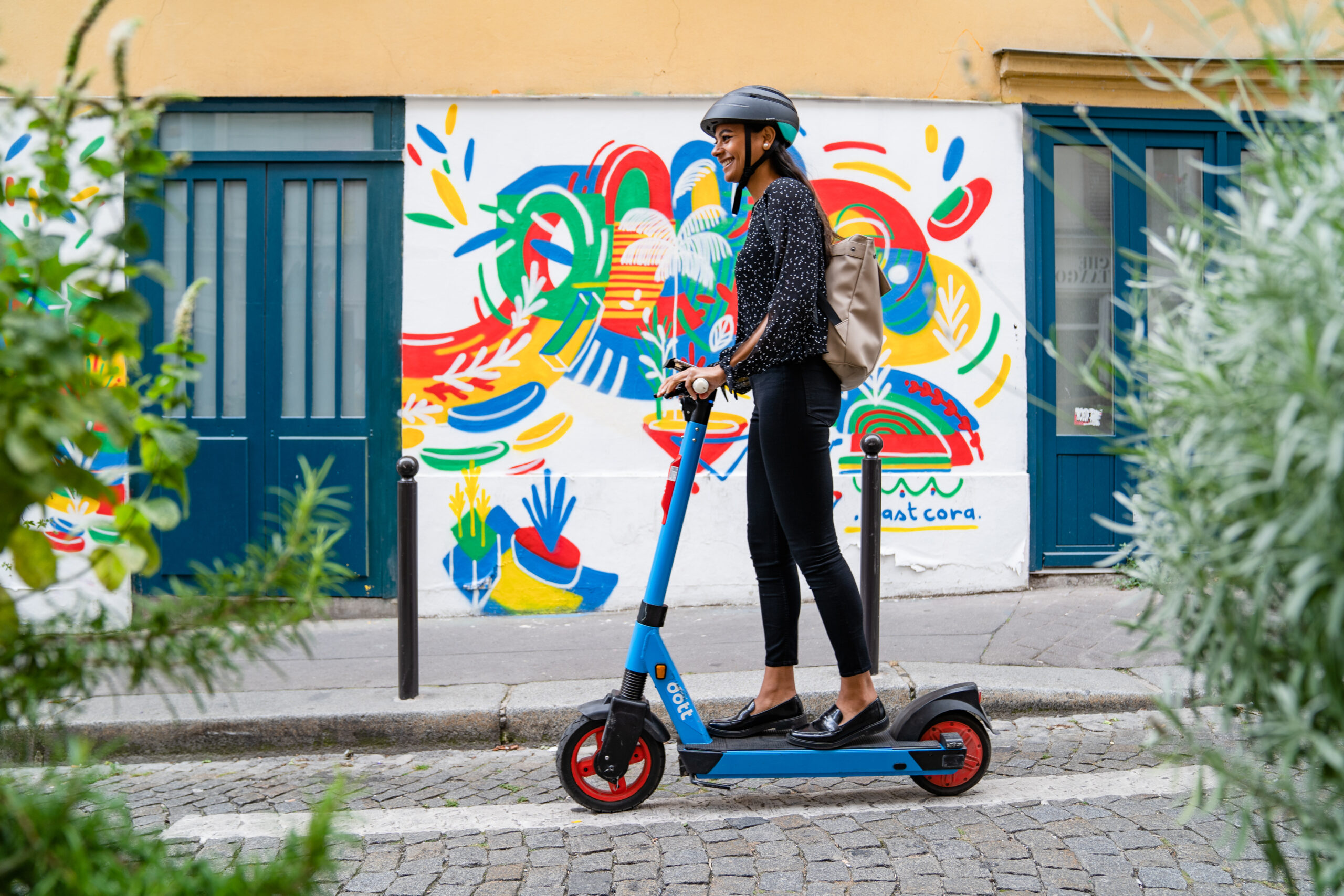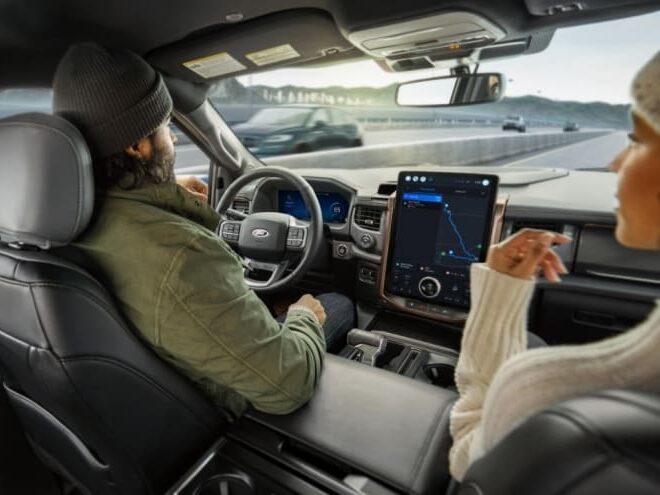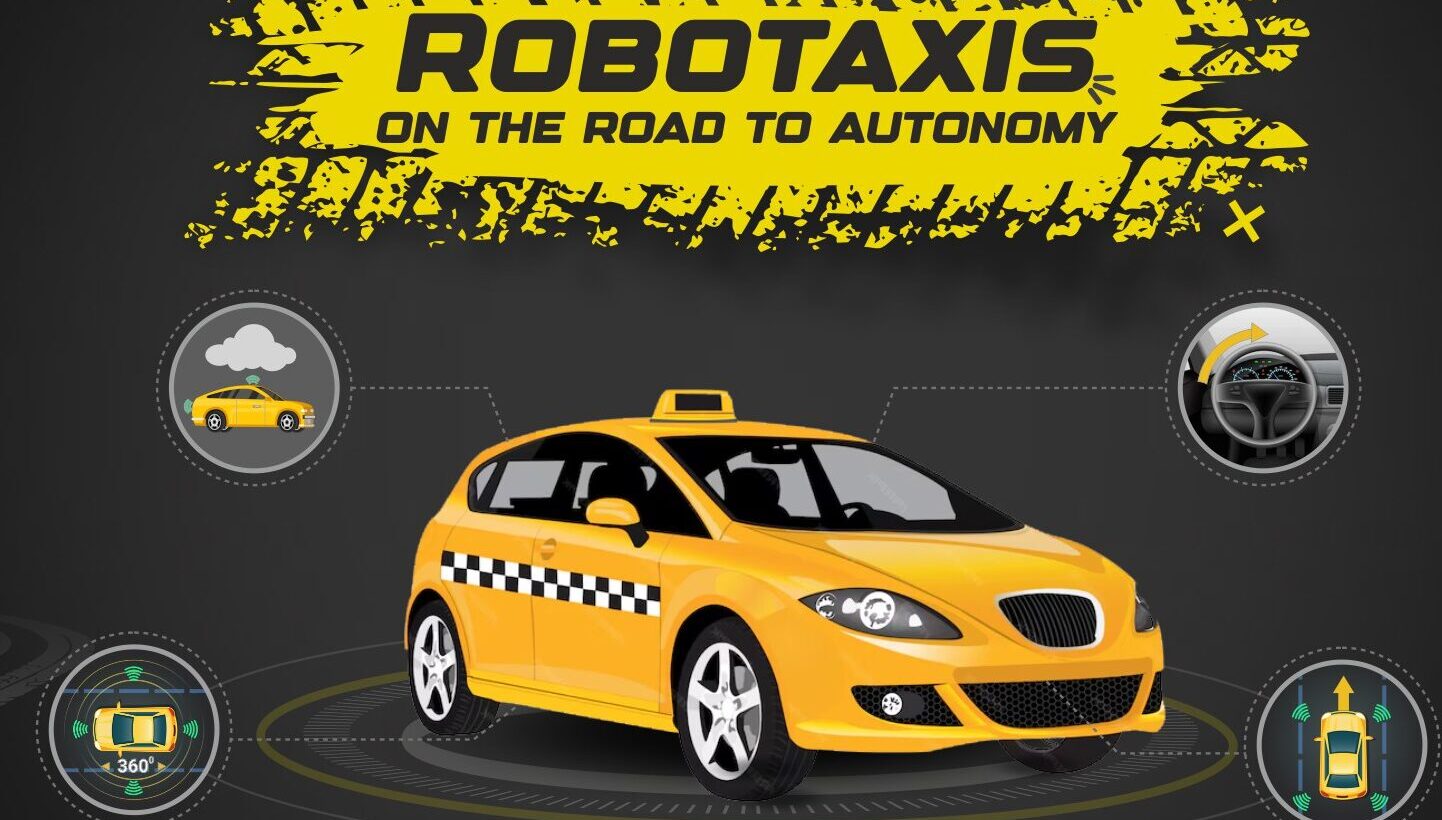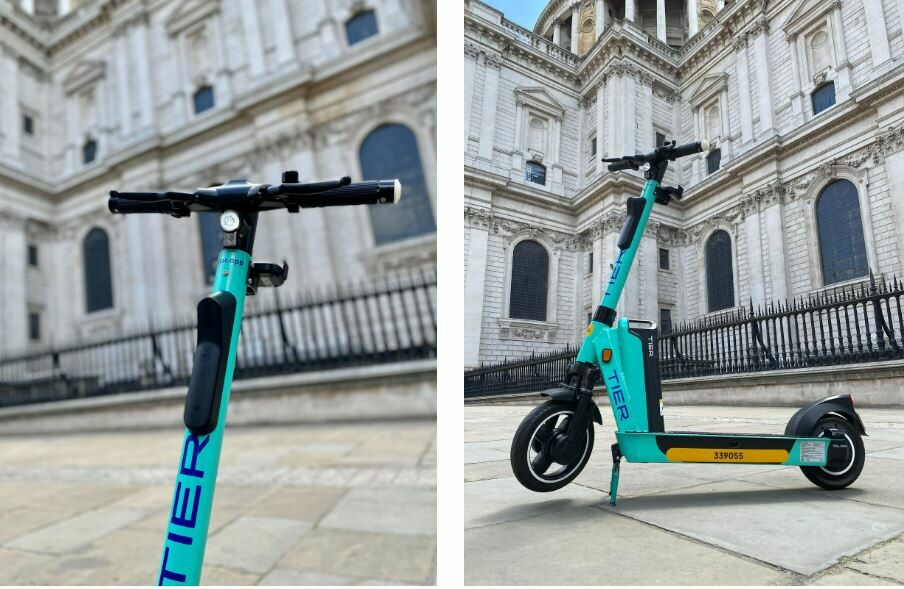As the popularity of micromobility increases, more people are using e-scooters as a sustainable and convenient mode of transport. However, data suggests that e-scooter ridership is generally higher among males compared to females.
Many e-scooter operators have identified this difference between the sexes and are working to understand and overcome the barriers that prevent women from choosing to travel by e-scooter. For example, Dott has found that only 29 percent of its users are female, while Lime reports that just a third of its riders are women.
To bridge this gap, Dott is collaborating with Steer to research and implement solutions, such as offering free safety training sessions to help women overcome the perception of being at risk when using e-scooters in traffic. Meanwhile, Lime has partnered with GoFrendly to offer free e-scooter training sessions to women in Stockholm.

Ellie Bird, Communications Manager for Lime, Northern Europe said:Women express a greater concern for safety overall, with our rider surveys showing they are more likely to cite it as a barrier to riding than men (17% of women vs 11% of men). So the aim is really to combat these concerns with female-only e-scooter training, while also exploring the city and making new friends in a fun and sustainable way.
Similarly, in response to this sex imbalance, micromobility operator Voi has launched a Gender Equity Commission in partnership with Women in Transport.
As part of this collaboration, Voi has conducted thorough research on the factors that prevent women from riding e-scooters, such as a lack of infrastructure, a concern for the law and a need for safe, well-lit parking spaces.
Grace Packard, Senior Policy Manager at Voi UK said:Our overall mission is to create safe, sustainable and reliable micromobility for everyone, and that’s why we are committed to working closely with cities and government to take women’s needs and concerns seriously to ensure that more women join the micromobility revolution and take advantage of this sustainable and convenient mode of transport, reducing pollution and congestion in our cities and towns.
To determine the primary barriers to e-scooter usage, Voi conducted five focus groups and distributed a questionnaire with 500 female respondents. The findings from this research were published in the company’s Shared e-Scooters and Gender Equity report in May 2022.
Infrastructure
79 percent of Voi’s questionnaire respondents said that not feeling safe due to a lack of dedicated infrastructure prevented them from choosing to travel by e-scooter. This is in line with research from other operators such as Dott, who stated that the vast majority of women said that the current infrastructure in their cities was the primary barrier to comfortably riding an e-scooter.

In addition, 83 percent of Voi’s respondents thought that parking locations could be a barrier to riding if they were not located in safe and convenient areas.
Micromobility operators are therefore urging local and national authorities to prioritise developing parking and riding infrastructure for micromobility users.
Public Perceptions
83 percent of Voi’s respondents stated that drivers’ and other road users’ attitudes towards e-scooter riders was a deterrent to using shared e-scooters, while 59 percent of non-riders said that understanding of laws and regulations was a prominent barrier.
Governments and local authorities should therefore provide positive communications and clear regulations regarding laws around shared and private e-scooters.
Night-Time Safety
90 percent of Voi’s survey respondents claimed that they were confident riding an e-scooter in the day-time, but only 64 percent were confident using them at night.
However, compared to walking or using public transport, Dott reported that many women regard e-scooters as a safer mode of travel at night due to their speed and agility.
To capitalise on this potential and provide users with a safe and efficient means of night-time travel, authorities and e-scooter operators should collaborate to ensure the local environment supports night-time safety, such as by investing in sufficient lighting for public spaces and e-scooter parking spots.
Vehicle Design
During Voi’s focus groups, many participants suggested that the design of e-scooters excluded the needs of women, as they are perceived as heavy, difficult to manoeuvre and do not allow the user to carry multiple bags. To improve the design for women, e-scooter operators should consider these opinions when designing new models.
Indeed, in the US, micromobility operator Wheels, which was recently acquired by Helbiz, developed a sit-down vehicle with a low centre of gravity and 14-inch wheels. The company reports that usage of this model is split evenly between the sexes, suggesting that its unique design has helped attract a broader range of riders.
In response to this factor, Voi’s latest e-scooter, the Voiager 5, was designed in collaboration with organisations such as Women in Transport to help the team develop a vehicle that is better suited for a wider range of riders.
Grace Packard, Senior Policy Manager at Voi UK said:Voi’s latest e-scooter model, Voiager 5, pioneered a more inclusive design such as featuring a more ergonomic handlebar, indicator switch and bell that are accessible to the average woman’s hand size. Voi is committed to ensuring that future micromobility vehicles will continue to prioritise universal design and include gender mainstreaming principles.

Following the findings published in the Shared e-Scooters and Gender Equity report, Voi is also implementing further initiatives, such as piloting night-time safety events in the UK and Europe and creating a new ‘Gender Safe Parking Standard’.
With these initiatives, operators are responding to the sex gap in e-scooter usage and are working to ensure micromobility becomes a more accessible sustainable transport solution for women, thereby also increasing their customer-base.
According to Lime, progress is potentially being made to close the gap, as from October 2020 to July 2021, the operator reported a 10 percent increase in riders who reported being women in Europe. However, to overcome all deterrents and fully integrate e-scooters into urban transport, governments and local authorities must continue to invest in improving infrastructure, vehicle designs and public perceptions.








